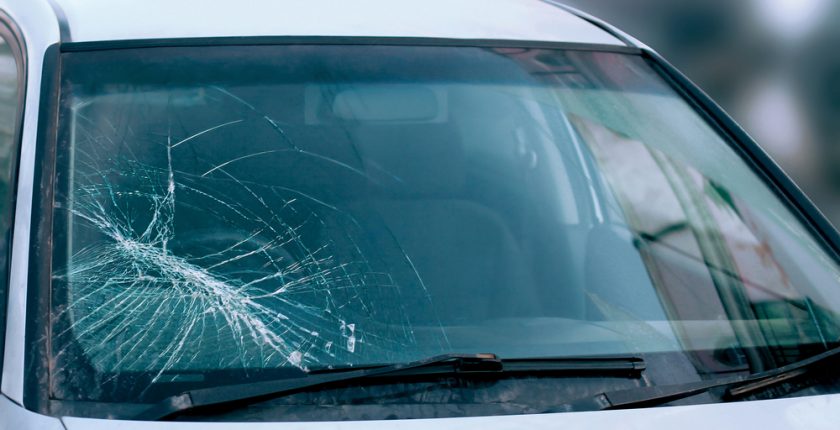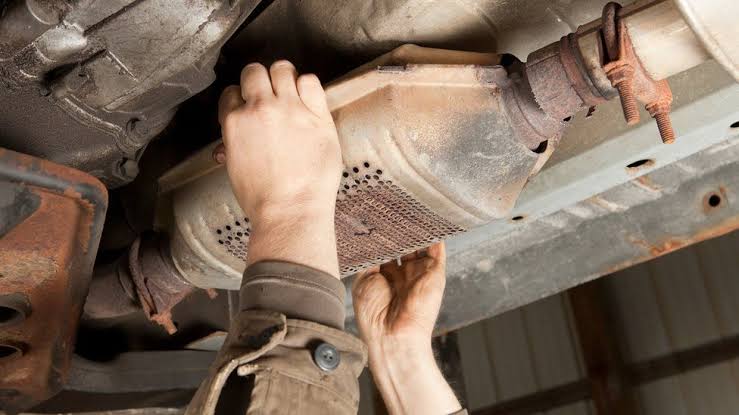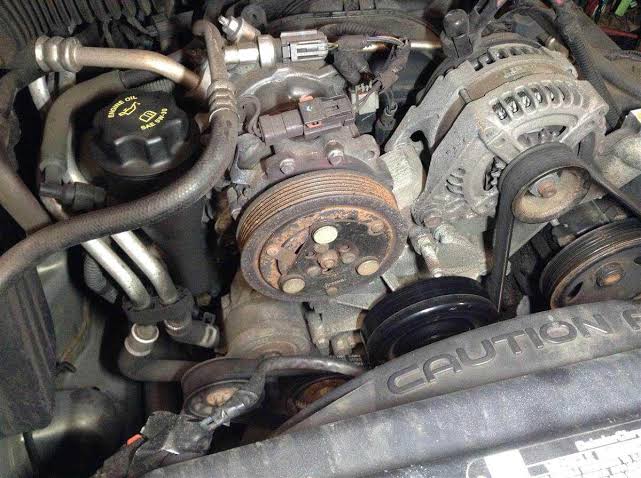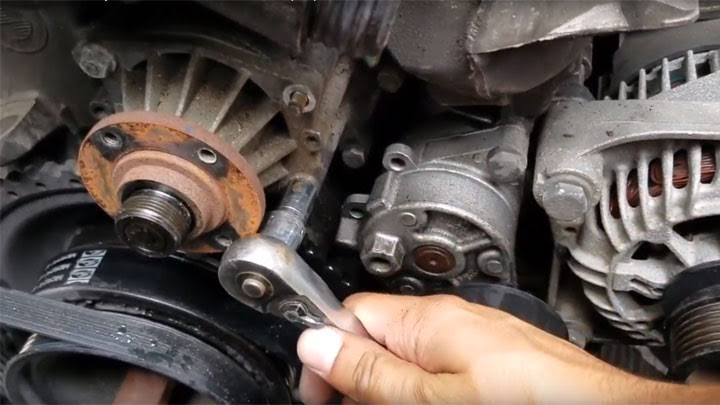If you’re in the market for a car and are debating between a V-6 and a V-8, understanding the differences and benefits of each engine type might help you make an informed selection. By varying the number and size of cylinders, as well as their relationship to one another, automakers …
Read More »Is A Car Glass Window That Hard To Break?
Generally glass is fragile and as a result breaks easily. But a car glass, unlike conventional glass, does not break into sharp fragments when broken, posing a safety issue. Auto glass is responsible for 60 percent of the car’s structural integrity, whereas in a head-on collision, it absorbs 45 percent …
Read More »Common Car Suspension Problems
The main goal of your car’s suspension system is to level out the ride and assist you in maintaining control of your vehicle. It accomplishes this by increasing the amount of friction between the road and your tyres. This gives your vehicle more steering stability and makes it easier to …
Read More »What Is A Catalyst And Does It Affect Fuel Economy?
When this is mention, the average car user thinks of a contraption fitted to the exhaust of a car. To some, the term is completely alien. What is this device? And what really is it’s function? Called a Catalytic Converter, this useful device converts toxic gases from the combustion in …
Read More »Uses Of Hazard Lights
All vehicles today are fitted with electronic indicator lights primarily for safety purposes. Some automobile brands are taking further steps in developing more advanced indicator light technology. Whatever you choose to call it, Harzard lights, Double pointer lights or Trafficator lights. This feature is very crucial to all cars and …
Read More »How To Reset Oil Maintenance In 2016 Toyota Highlander
Oil maintenance, service required. These are just a couple of numerous terms used in the indication light built into a car odometer to alert a driver when the oil in the engine is due for change. This light is programmed to come on when the recommended mileage for oil change …
Read More »Is it Advisable To Repair A Bad Compressor?
The compressor is the power house of the Air conditioning unit in a car. It plays a crucial role by pumping refrigerant under pressure and constantly ensuring a constant supply of cool air within the interior of the car. A compressors can lose it’s ability to do it’s work due …
Read More »How To Know The Year Of A Car From It’s VIN
VIN which means Vehicle Identification Number is a unique set of coded numbers and alphabets given to a car which is specific to that car. That means there’s no other car in the world that share this number with another. VIN is packed with information about a car like brand …
Read More »When Your Car Vibrates, Causes And Fixes
Cars are designed to maintain little or no vibration when in use but when vibration occurs it’s always a certain sign that there’s a problem. There are number of issues that can cause a car to vibrate. We will look at these issues and suggest solution to help stop it. …
Read More »A Simple Way To Repair A Car’s Water Pump Yourself
The process of removing an important component of your vehicle’s cooling system is known as water pump repair. It’s one of the easiest procedures to do in terms of auto repair so almost everyone who can turn a wrench can do it on their own. How to repair a water pump is as simple as following these steps. Step 1 Examine the functionality of the bearings by manually jostling the fan blade to make sure the water pump isn’t working. This is true for cooling systems that use fans. If the fan bearing does not need to be repaired, it should remain securely seated Jiggle the pulley that drives the pump in the case of a motorized fan. If all is working well, the shaft should stay tight. Step 2 Inspect the pump casing for splotches, which signify a defective seal and are caused by an excessive amount of fluid leakage. Over time, a few drops of water should sweat from the vent opening, but a ruined seal can result in excessive overflow. Step 3 – Procedures If the defective water pump has been identified, disconnect the negative battery line.Remove the radiator cap and disengage the valve under the front passenger’s side to drain the radiator.If a fan belt is present, remove it.Detach the radiator hoses. Unbolt the fan shroud, found on the water pump’s shaft. Remove the fan shroud. Remove the bolts from the fan and dislodge it. Disengage the bolts from the drive …
Read More » Spot Dem Everything About Cars
Spot Dem Everything About Cars










